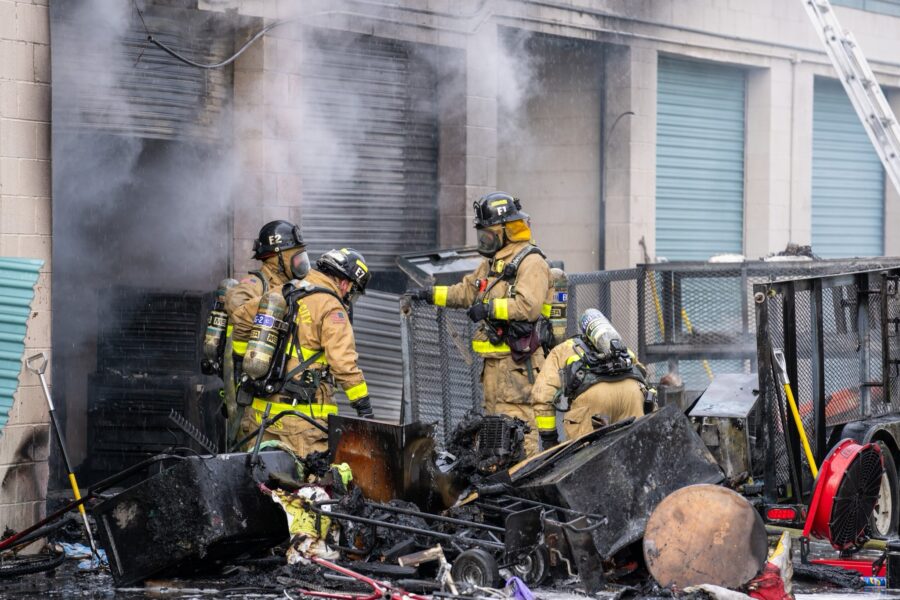Little Cottonwood Canyon Remains Closed For Avalanche Control
Feb 16, 2021, 5:28 AM | Updated: 8:34 am
SALT LAKE CITY, Utah – The Utah Department of Transportation has closed state Route 210 through Little Cottonwood Canyon for avalanche control Tuesday morning.
According to UDOT, there is no estimated time for reopening.
🚧 #RoadClosureUpdate 🚧
S.R. 210 is closed to ALL travel for @UDOTavy control work. Large natural avalanche cycle overnight & ongoing. Plows maintaining roadway where it is safe to do.No est time of opening at this time.@UDOTTRAFFIC @AltaCentral @AltaSkiArea @Snowbird pic.twitter.com/EODdoISDVC
— UDOT Cottonwood Canyons (@UDOTcottonwoods) February 16, 2021
Officials said there are approximately 27 avalanche chutes throughout Little Cottonwood Canyon for natural avalanches to break through.
On SR 190 through Big Cottonwood Canyon, traction laws are in effect. All vehicles are required to have chains or 4-wheel drive with snow tires.
#RoadUpdate 👋 Heavy snowfall arrived in #SR190 last night & showers to continue throughout the day. 2-4” road ❄️ possible for lower, 5-8” for upper. Travel not advised unless vehicle is equipped w/ proper traction devices and driver prepared to navigate winter conditions.🚨❄️ pic.twitter.com/y4PR3r64eZ
— UDOT Cottonwood Canyons (@UDOTcottonwoods) February 16, 2021
Traction laws are also in effect for drivers on I-80 through Parleys Canyon.
KSL meteorologist Grant Weyman said the stormy weather will be continuing through Tuesday and into the early hours of Wednesday morning.
Some mountain areas could get up to 2 feet of new snow when the storm is finished. The new layers have put avalanche dangers for nearly all of Utah’s mountains at high.
The line to get into Big Cottonwood Canyon is longer than I’ve ever seen it. Right now it’s backed up almost all the way to I-215. pic.twitter.com/BZMEVbu7Wt
— Sean Moody (@SeanMoodyPhoto) February 16, 2021
In the Uintas, though, the Utah Avalanche Center has moved the avalanche danger level from high to extreme
“Heads up. It’s game on and this is the real deal,” according to the UAV forecast for the Uintas. “Avalanche conditions are dangers and you must avoid avalanche terrain.”
The forecast notes that “both human triggered and natural avalanches are certain.”
“Make no mistake because your life depends on it,” writes UAC’s Craig Gordon, “These are tree snapping, bone crushing, unsurvivable avalanches.”
Chains required for semis in Parleys Canyon #KSLTV #utwx pic.twitter.com/mUFKNVNiQ2
— Derek Petersen (@Derek_Photog) February 16, 2021












